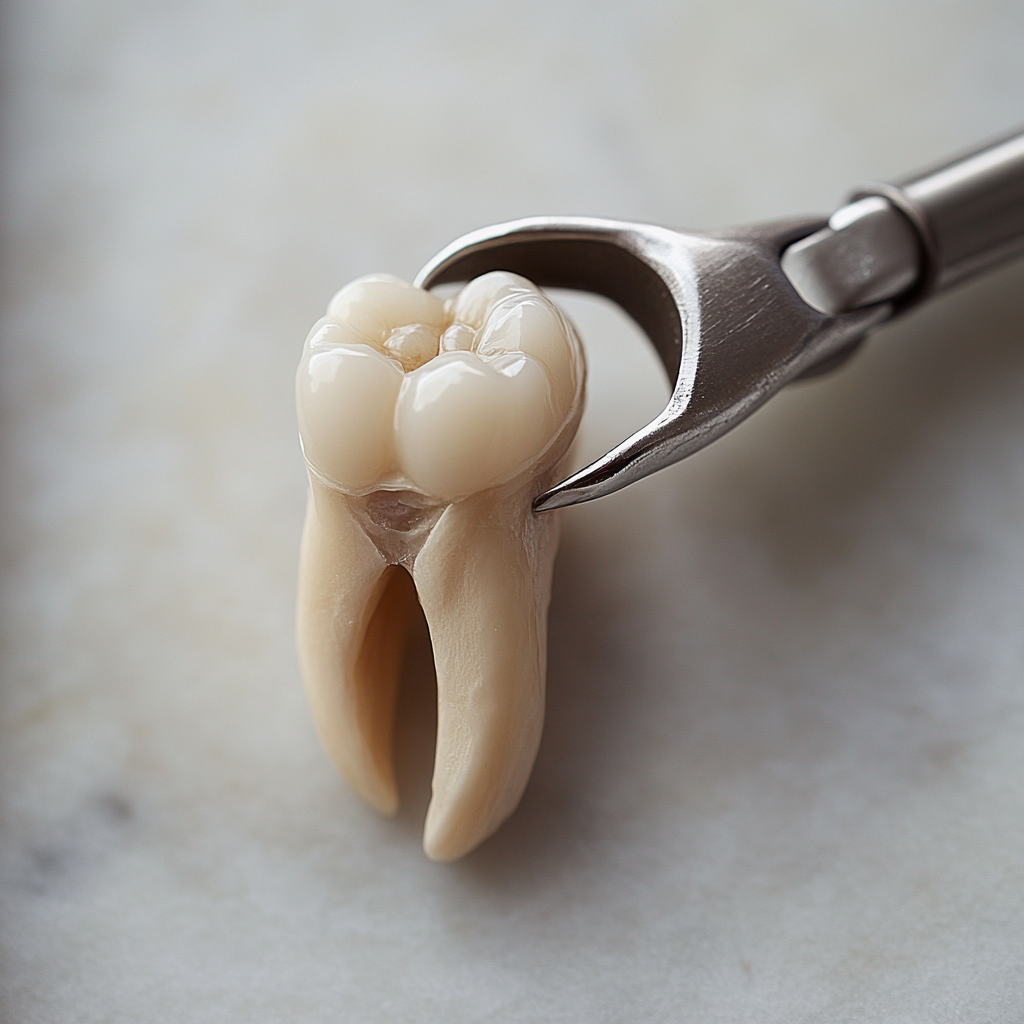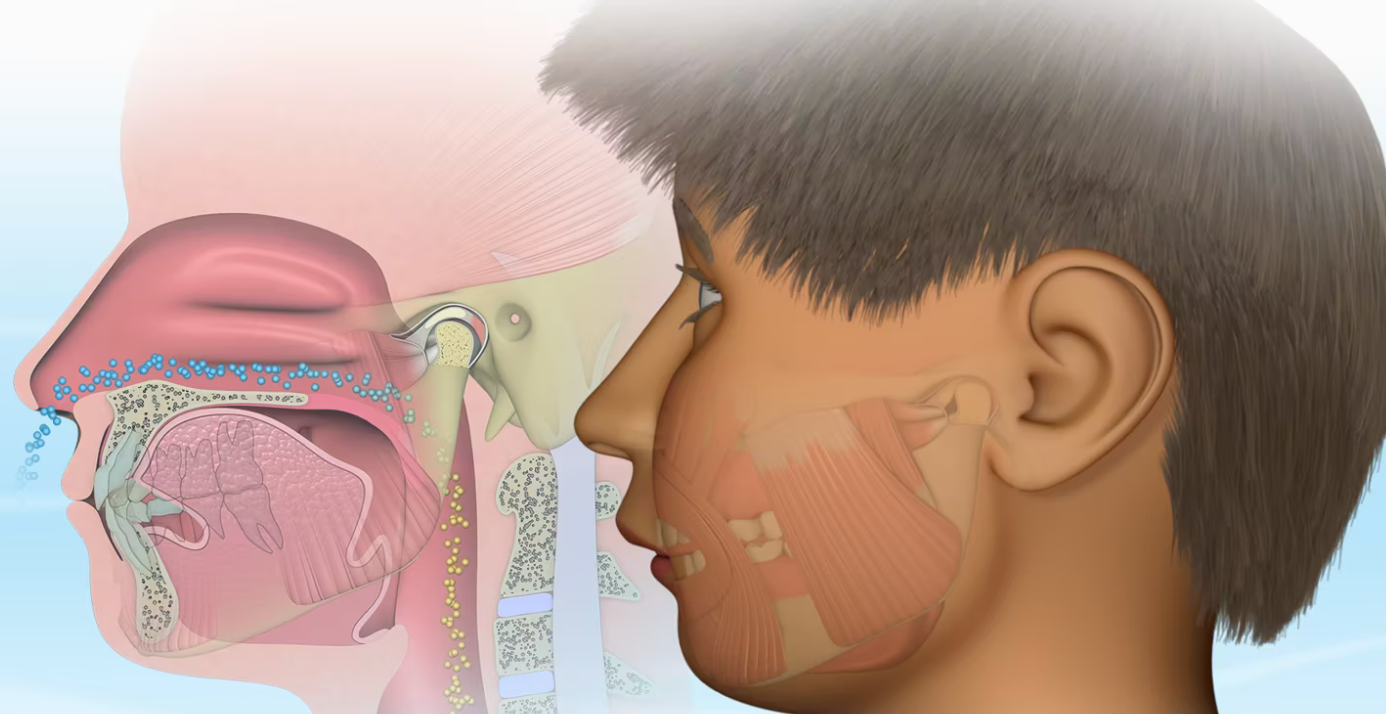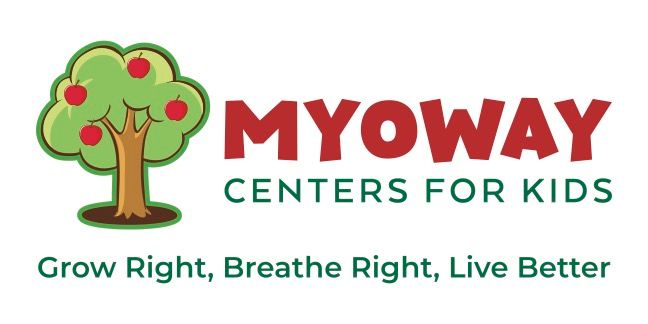The Incredible Shrinking Jaws: A Journey Through Human Evolution
MyoWay Centers for Kids • June 12, 2024
Introduction:
When we think of evolution, grand images of towering dinosaurs or majestic ancient mammals often come to mind. But what about the subtle changes that have occurred within our own species? One such fascinating transformation is the
gradual reduction in the size of human jaws over time. From the robust mandibles of our early ancestors to the refined jawlines of modern humans, the story of shrinking jaws offers a glimpse into the remarkable journey of human evolution.
The Dawn of Humanity: The Power of the Jaw
Millions of years ago, our earliest ancestors roamed the Earth with formidable jaws suited for a hunter-gatherer lifestyle. These robust jaws, equipped with large teeth for grinding tough vegetation and tearing through flesh, were essential for survival in a world teeming with challenges. From Australopithecus to early Homo species, our ancestors relied on their powerful jaws not only for feeding but also for communication and defense.
The Agricultural Revolution: A Turning Point
Fast forward to around 10,000 years ago, and humanity stands on the brink of a profound transformation—the advent of agriculture. With the cultivation of crops and the domestication of animals, humans began to transition from nomadic hunter-gatherers to settled communities. This shift in lifestyle brought about significant changes in diet and behavior, ultimately influencing the size and shape of our jaws.
The Softening of Diets: Less Stress on Jaws
One of the key factors contributing to the shrinking of human jaws over time is the gradual softening of diets. As agricultural societies emerged, people increasingly relied on processed foods such as grains, which required less chewing compared to raw meat and tough vegetation. Additionally, the invention of cooking techniques further softened food textures, making it easier to consume a wider variety of foods with less strain on the jaws.
Cultural Practices: The Impact of Tools and Cooking
Beyond dietary changes, cultural practices such as tool use and cooking played crucial roles in shaping the evolution of our jaws. The invention of tools allowed early humans to process food more efficiently, reducing the need for powerful jaws to break down tough materials. Likewise, the practice of cooking not only softened food textures but also unlocked nutrients, facilitating easier digestion and absorption.
Modern Influences: Technology and Lifestyle
In the modern era, factors such as advances in technology and changes in lifestyle continue to exert influence on the size and shape of human jaws. With the advent of cutlery and processed foods, the need for strong jaws has diminished even further. Additionally, shifts towards sedentary lifestyles and reduced physical exertion may also contribute to changes in jaw development, although the extent of these effects remains a subject of ongoing research.
Conclusion:
The history of human jaws growing smaller over time is a testament to the incredible adaptability of our species. From the challenges of our early hunter-gatherer ancestors to the comforts of modern civilization,
our jaws have evolved in response to changing environments, diets, and behaviors. As we marvel at the intricacies of our evolutionary past, the story of shrinking jaws serves as a poignant reminder of the interconnectedness between biology, culture, and the human experience.

March 14, 2025
When we think about speech development, we often focus on language skills and pronunciation practice. However, many parents and even some healthcare professionals overlook a critical factor—jaw development. The alignment of a child’s jaw directly influences their ability to produce clear, accurate sounds, impacting not only speech clarity but also other essential functions like swallowing, eating, and breathing.

February 28, 2025
Why Are So Many Teeth Extracted?
As a dentist with 26 years of experience, I’ve seen countless adult patients undergo multiple extractions simply because there wasn’t enough room in their mouths for their teeth. This is a common issue, but the good news is it doesn’t have to happen to your child.
The traditional approach to treating crowded teeth has often been extraction followed by braces. However, we now understand that the root cause of crowded teeth is an underdeveloped jaw. Instead of removing teeth, we can guide natural jaw growth so that every tooth has the space it needs to come in properly.

Myofunctional Therapy Supports Proper Jaw Growth, Teeth Position, and Airway Development in Children
By Dr. Leslie Pasco
•
January 6, 2025
Discover the critical connection between jaw growth, teeth alignment, and airway development in children. Learn how early intervention, myofunctional therapy, and proper nutrition can prevent dental and respiratory issues.

By Dr. Leslie Pasco
•
December 18, 2024
Myofunctional therapy is a transformative approach that addresses mouth breathing, tongue posture, and facial muscle function to promote optimal airway development in children. By encouraging nasal breathing, restoring proper tongue posture, and strengthening oral muscles, this therapy supports healthy jaw growth, improves sleep quality, and prevents future orthodontic issues.
Phone (724) 765-0001
© 2025
All Rights Reserved | MyoWay Centers For Kids
Website maintained by Xpress, INC







